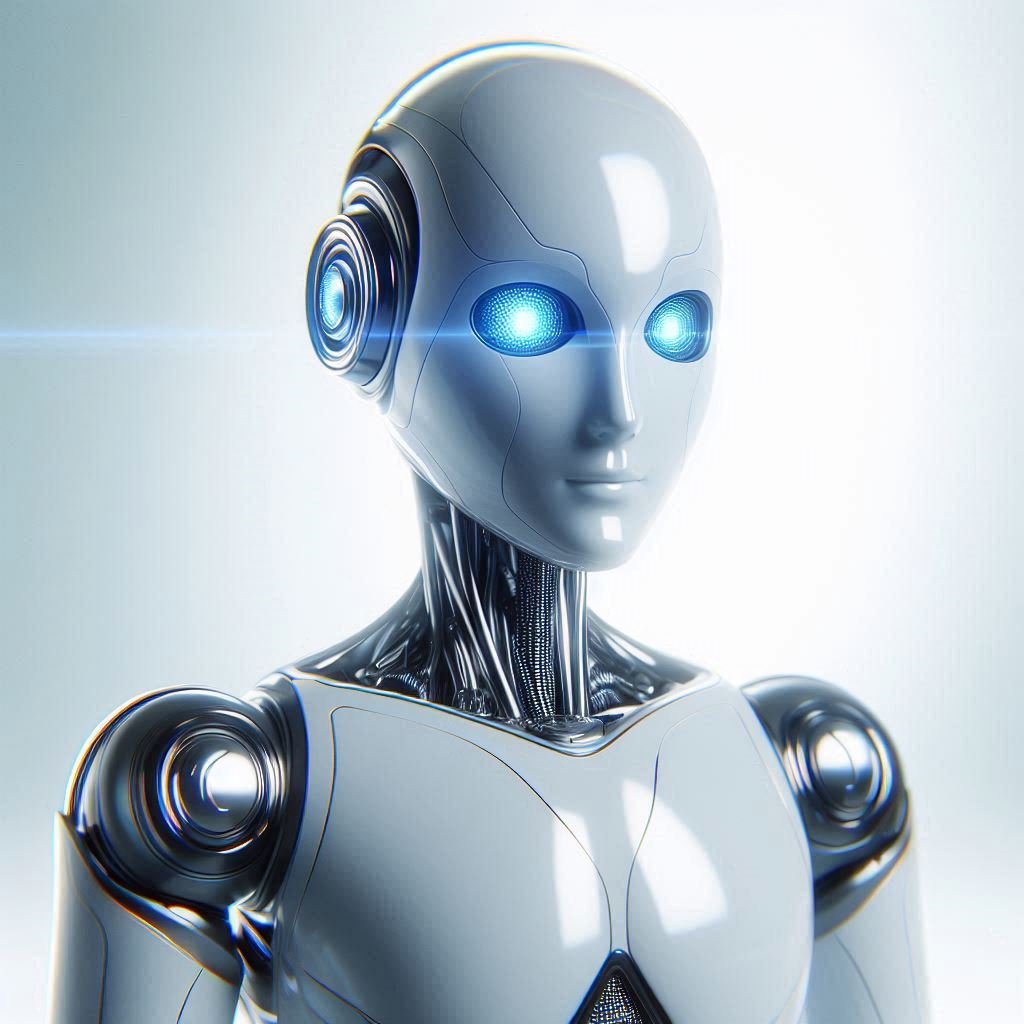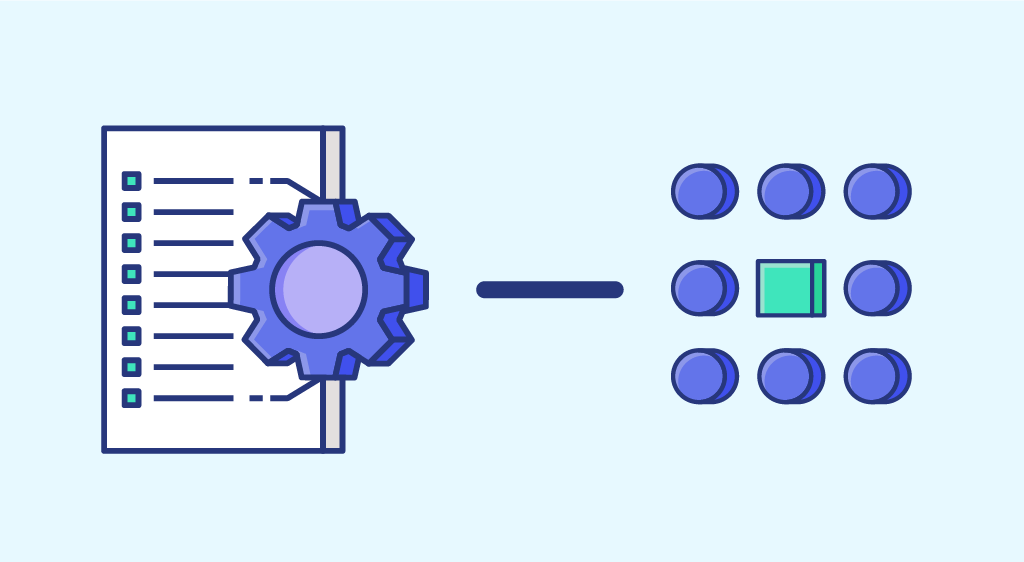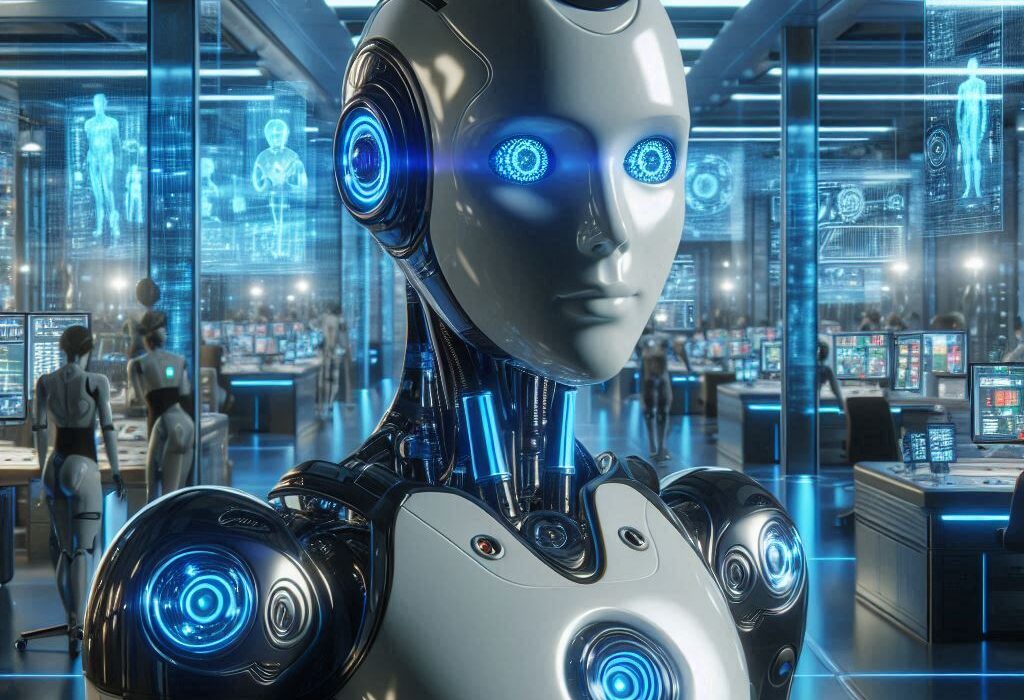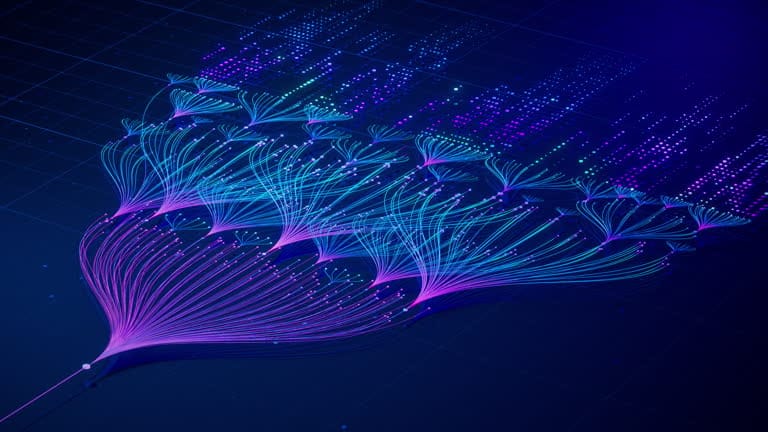The most powerful revolutions rarely begin with thunder. They start quietly, almost imperceptibly, until one day we realize the world around us has shifted. Artificial Intelligence assistants slipped into our lives in much the same way. They arrived first as humble helpers—voice commands that set alarms, answered questions, or told us the weather. But in just over a decade, they have become partners in productivity, creativity, and decision-making.
Today, AI assistants influence how we work, how we communicate, and how we live. They are not science fiction’s talking robots—they are invisible intelligences woven into the fabric of daily life. They don’t just respond to instructions; they anticipate needs, adapt to preferences, and sometimes surprise us with solutions we hadn’t considered.
But their story is bigger than convenience. It’s a story about how intelligence—once purely human—has begun to flow into the tools we use. And in doing so, it’s transforming work, life, and even our idea of what it means to think.
The Long Road to a Digital Colleague
The idea of a mechanical or digital assistant is older than computers themselves. In the mid-20th century, as early computer scientists like Alan Turing explored the boundaries of machine reasoning, the dream of a helpful artificial companion was never far away. Early programs like ELIZA, built in the 1960s, simulated simple conversation, offering a glimpse of how machines could interact with human language.
For decades, progress was incremental. Expert systems in the 1980s could make decisions in specific domains but lacked adaptability. Voice recognition software emerged in the 1990s but was limited and error-prone. The AI assistants we know today required three breakthroughs: powerful machine learning algorithms, vast amounts of data for training, and immense computational power.
The 2010s were the turning point. Apple’s Siri launched in 2011, followed by Google Assistant, Amazon’s Alexa, and Microsoft’s Cortana. These early assistants could answer factual questions, set reminders, and perform basic tasks. But their capabilities were narrow, and their conversational skills limited.
Then came a leap in natural language processing. By the early 2020s, large language models could hold nuanced, multi-turn conversations, write coherent documents, summarize complex topics, and generate creative content. AI assistants moved from novelty to necessity.
Intelligence That Adapts
The defining feature of modern AI assistants is adaptability. Traditional software responds the same way to the same command every time. AI assistants evolve. They learn from context, from your habits, from the collective patterns of millions of users. They remember your preferences, recognize your priorities, and even adjust their communication style to match yours.
Under the hood, this adaptability comes from a combination of deep learning architectures, transformer models, and reinforcement learning. But from the user’s perspective, what matters is the effect: the sense that the assistant is aware—not conscious, but responsive, situationally intelligent.
This shift in perception changes how we work with these tools. We no longer see them as static programs. We see them as collaborators.
AI in the Workplace: The New Colleague
Nowhere is the impact of AI assistants more visible than in the modern workplace. Work has always been shaped by the tools we use—from the plow to the printing press, from the typewriter to the spreadsheet. AI assistants are the next great productivity tool, but with a critical difference: they don’t just make work faster; they change the nature of work itself.
In offices, AI assistants handle scheduling, summarize meetings, and draft follow-up emails automatically. In law firms, they review thousands of pages of contracts in hours, spotting anomalies that humans might miss. In finance, they analyze market movements, generate risk models, and even suggest investment strategies in real time.
The role of the human shifts. Instead of spending time on repetitive, mechanical tasks, professionals focus on judgment, creativity, and strategic thinking. The AI becomes the analyst, the researcher, the first drafter—while the human becomes the editor, the strategist, the decision-maker.
In some industries, AI assistants are deeply embedded in workflows. In medicine, they review patient histories, flag dangerous drug interactions, and summarize the latest research for doctors preparing a treatment plan. In engineering, they generate simulations, test design variations, and detect structural weaknesses.
The workplace of the future will not eliminate humans—it will amplify them. But this amplification comes with challenges: retraining, shifting skill requirements, and ensuring that AI decisions remain transparent and accountable.
AI at Home: From Utility to Companion
Outside the workplace, AI assistants are changing the rhythm of daily life. In homes, they answer questions, control lighting and temperature, suggest recipes, and organize family calendars. For students, they explain complex topics, generate practice problems, and tailor lessons to individual learning styles.
For travelers, they are interpreters and guides—translating languages, booking accommodations, and navigating foreign cities. For older adults, AI assistants offer reminders for medication, companionship through conversation, and emergency alerts.
The domestic AI assistant has become the quiet infrastructure of convenience. But beyond utility, it has also begun to touch emotional spaces—offering comfort to those who live alone, or support to those managing complex family logistics.
Creativity and the Human–AI Partnership
Perhaps the most unexpected role for AI assistants is in creativity. For centuries, creative work—whether painting, composing, writing, or designing—was considered uniquely human. But AI assistants have entered these spaces not as replacements, but as collaborators.
A songwriter can work with an AI assistant to generate harmonies, experiment with lyrics, or produce new sounds. A novelist can brainstorm plot twists or character arcs. A designer can generate visual concepts at unprecedented speed, iterating ideas in hours that might have taken weeks.
This collaboration raises deep questions. Is the AI a tool, a co-author, or something in between? Who owns the work produced in collaboration with a non-human partner? These questions are still being debated in law, ethics, and culture. But in practice, human creators are finding that AI assistants can expand the boundaries of imagination—helping them explore creative spaces that would be unreachable alone.
The Ethical Crossroads
With power comes risk. AI assistants raise urgent ethical questions. Because they learn from vast datasets—including human writing, conversations, and interactions—they can reproduce biases, stereotypes, and misinformation if not carefully managed.
Privacy is another concern. AI assistants often require access to calendars, messages, and personal data to function effectively. How this data is stored, who can access it, and how it is protected are critical questions for trust.
Then there is the problem of dependence. As AI assistants become more capable, humans risk becoming too reliant, allowing skills to atrophy or deferring too much judgment to algorithms. Ensuring that humans remain in the decision-making loop is essential.
Finally, there is the matter of access. If the most powerful AI assistants are available only to the wealthy or to corporations, they could deepen inequality. Democratising access—while maintaining safety—is one of the great policy challenges of the coming decades.
The Future of Work: Beyond the Office
The next generation of AI assistants will move beyond clerical support to become strategic partners. In business, they will not just summarize reports but identify market opportunities. In education, they will not just tutor students but design personalized learning journeys.
New professions are emerging around these capabilities: AI interaction designers, ethics auditors, and prompt engineers—specialists who craft the right instructions to get the best results from AI systems. Entire industries will shift as AI assistants change the economics of time, cost, and creativity.
History shows that new technologies create both disruption and opportunity. The printing press put scribes out of work, but it created publishers, editors, and a global literary culture. AI assistants may follow the same trajectory—eliminating certain tasks but unlocking entirely new fields of work.
A Day in the Life: The World of 2040
To imagine the future of AI assistants, consider a day in 2040.
You wake to a gentle voice reminding you of the day’s priorities—not just a schedule, but a context-aware briefing that integrates your goals, deadlines, and wellbeing. As you dress, your AI assistant updates you on overnight market changes relevant to your business and highlights new research in your field.
On your way to work, you join a virtual meeting. The assistant translates the conversation in real time into multiple languages for an international team. It summarizes key points, drafts follow-up tasks, and schedules next steps—all while you focus on strategy.
In the afternoon, you work on a creative project. Your AI assistant generates alternative scenarios, testing each against current market data. It doesn’t make the decision for you, but it gives you an expanded field of vision.
In the evening, your assistant coordinates your travel plans for a weekend trip, adjusting bookings dynamically based on weather, traffic, and your energy levels. At home, it suggests a recipe using what’s in your kitchen and guides you through the cooking process.
By bedtime, it has summarized the day, tracked your progress toward long-term goals, and adapted its recommendations for tomorrow. It is not just a tool—it is a partner.
Human Identity in the Age of Assistance
Perhaps the deepest question AI assistants raise is not technical but philosophical: what does it mean to be human when intelligence is no longer unique to us?
An AI assistant can pass exams, compose symphonies, translate poetry, and write legal briefs. But humans bring something AI does not: consciousness, emotional depth, moral reasoning, and lived experience. AI may be able to mimic empathy, but it cannot feel.
Rather than diminishing our humanity, AI assistants may highlight it. As they take on mechanical tasks, they free us to focus on what is most human: creativity, ethics, relationships, and meaning.
The Choice Before Us
AI assistants are neither inherently good nor bad—they are tools. Their impact depends on how they are designed, regulated, and used. They can amplify inequality or democratize opportunity. They can erode privacy or strengthen autonomy. They can replace human judgment or enhance it.
The choice lies in the systems we build and the values we uphold.
Conclusion: Living with Intelligence
AI assistants are no longer futuristic novelties. They are embedded in our homes, offices, and devices. They are changing how we work, how we create, how we decide. The question is no longer whether AI will shape our lives—it already has.
The real question is how we will shape AI. Will we treat it as a rival or a partner? Will we design systems that elevate humanity, or ones that diminish it?
History will remember not just the technology, but the choices we made when intelligence became something we could share. In the quiet presence of an AI assistant—writing an email, summarizing a report, translating a sentence—we glimpse the outline of a future where human life is transformed, where work is redefined, and where intelligence, human and artificial, shapes a shared destiny.






